Pot worms, or potworms, are small white creatures commonly found in soil. They can develop into massive populations, especially in compost piles or in earthworm farms. They’re scientifically known as enchytraeids (enn-kee-TRAY-ids) and are segmented relatives of the earthworm. This group also includes ice worms. Pot worms are in the Order Oligochaeta and Phylum Annelida.
Their common name comes from the fact they inhabit the soil in container plants. In fact, many expert gardeners believe the soil is not “normal” without the presence of pot worms. For those who maintain earthworm farms, there is some unnecessary worry that overpopulation will choke out their investment. That is typically not the case as pot worms and a host of other creatures, including those that cannot be seen except under a magnifying glass or microscope, reside peaceably with earthworms, and often in greater numbers. A majority of worm farmers have reported no reduction in the health of their farmed worms when this species is present.
When a pot worm invasion occurs, they can number as many as 250,000 in a ten-square-foot area. Their quarter-inch long bodies are visible to the naked eye and are sometimes mistaken for the larvae of other worm species. These are adults, however, and can literally appear to be in the millions by comparison to a typical earthworm bed.
Pot worms feed on the same type of litter as earthworms. They are efficient at aerating soil and breaking down just about any organic materials. This species prefers an acid environment that is moist. If too dry, they will die. Even though pot worms are attracted to soils that are higher in acid, that does not mean the dirt needs amending.
The easiest way to reduce pot worm populations is with bread and milk. They will flock to a piece of soaked bread and can be lifted out and destroyed in large batches.
Just as pot worms won’t harm other living worm species, they do no damage to living plants either. Their diet is strictly bacteria and fungus, which are digestible, and organic matter, which their systems cannot process. They are also known to prey on nematodes.
Pot worms are also popular as fish food and sometimes raised just for that purpose. Some simply refer to them as “white” worms as they resemble tiny white threads residing in water and on land.
All About Worms is always free, always reader-supported. Your tips via CashApp, Venmo, or Paypal are appreciated! Receipts will come from ISIPP Publishing.



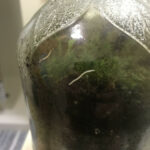

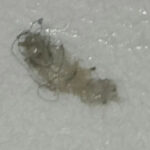

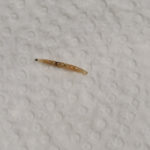
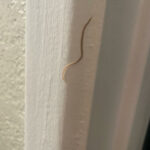
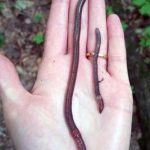
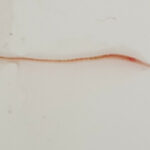
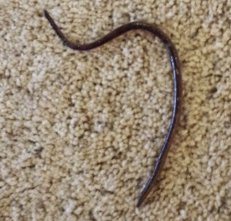

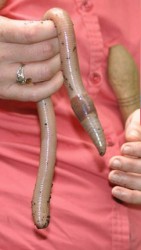
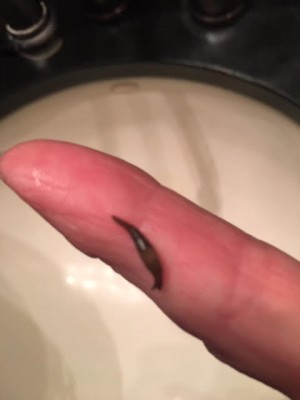


So, I have these clearish-white worms that are 1/4 inch or less in length in my pot. Are these Pot Worms? If not, what are they? I saw a few in a portion of the soil, and they move around a lot. I got the plants (4 succulents) from Safeway 3 days ago. (NEVER get a plant from Safeway: The plants were infested with Mealybugs and these worms and who knows what else when I bought them but I didn’t know that at the time…) So Are they here for the honeydew crap (Quite literally, their feces) that the mealybugs produce? Or are they here to eat my roots. I’m the most concerned if they- whatever “they” are- will or already are harming my plant. If so, Please tell me so. Will Neem oil work on whatever these things are? And Are they larvae of another more gross or more harmful worm or weird bug that will attempt to gobble up my plants? And how can I tell if there are other disgusting pests in my pot without touching it? (Because I sprayed it with neem oil and mealybugs are going everywhere on the pot, so I’d prefer not, if they can pierce human skin…) I’ve quarantined the pot until I can identify the whole situation and what exactly is infested in the pot and whether or not it can leave the pot or not… (That’s why I put it in a Ziploc Bag, but I’m pretty sure the plant needs carbon-dioxide to “breathe”, so does anybody have any better ideas? I had to put it in a Ziploc Bag because I don’t have a container large enough, and for the record, Any containers or bags with exits won’t work since the pests will escape through there)